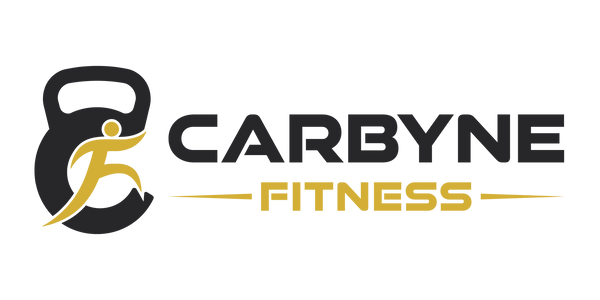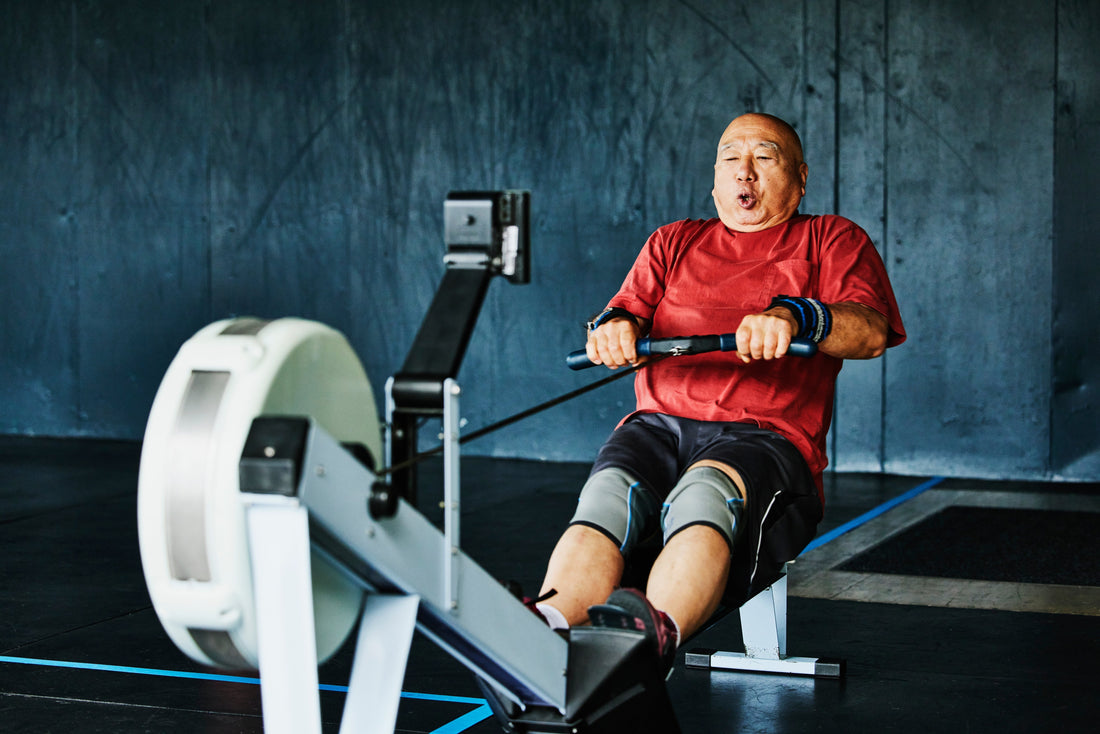A lot of elderly people ask whether using rowing machines to exercise is safe, particularly in the case of joint issues or mobility impairments. The silver lining is that rowing machines are one of the safest and most effective forms of exercise out there that one can perform later in life and get a complete workout experience without the straining effects of conventional cardio machines.
According to recent fitness trends, rowing machines are increasingly becoming a favourite choice of the geriatric population over the treadmill and elliptical, and there is a good explanation for the trend. These devices provide extraordinary outcomes and safeguard the joints that are most crucial in active ageing.
Why Rowing Machines Beat Traditional Cardio for Seniors
The Low Impact Advantage
Traditional cardio equipment often pushes joints without mercy. Treadmills compel you to pound on the moving belt over and over again, and the shockwaves of each impact can be felt on your ankles, knees, and hips. With time, this repetitive effect may compound arthritis symptoms and new problems in the joints.
Rowing machines eliminate this concern. Being seated and gliding back and forth implies that your limbs move the natural distance most naturally without any jolt. The rest of your body, from arms, legs, and core, move in tandem, but your feet are fixed to the footrests.
Treadmill or Elliptical vs Rowing Machine
Most seniors prefer treadmills because they feel like walking, and it is comfortable. However, this familiarity comes with significant drawbacks. Treadmills are more about lower body work, leading to an imbalance for the upper body, and your joints suffer from being overabused.
Elliptical machines offer slightly better joint protection but still focus mainly on leg muscles. They're also awkward for many seniors to use properly. Rowing machines engage over 80% of your muscle groups in each stroke, giving you comprehensive fitness benefits in less time.
The efficiency factor cannot be overstated. Why spend 45 minutes on a treadmill working only your legs when you could spend 20 minutes rowing and strengthening your entire body?
The Science Behind Rowing's Safety for Seniors
How Rowing Protects Your Joints
During rowing, you will be sitting the whole duration of the exercise, and thus your body weight does not come crashing down on the sensitive joints. Why? Because you will not be pounding your feet against a surface, instead, you hear pulling it towards you by a handle. This inherent contrast makes rowing a suitable activity when the senior has arthritis, osteoporosis, or any damage to their joints.
The flowing, smooth character permits your joints to move by their complete schematic range without strain. This assists with keeping joint flexibility and stiffness may subsidiary after some time.
Full-Body Workout Benefits
The rowing motion involves your legs, core, back, shoulders, and arms all supporting each rowing stroke. The whole-body muscle activation assists the elderly to support the strength they require in daily tasks like carrying shopping packs, ascending and descending the stairs, and maintaining balance.
The cardiovascular benefits are equally impressive. Rowing also gets your heart pumping, and it creates muscular strength since it is an effective method of providing both anaerobic and aerobic fitness in a single exercise. Such dual advantage is especially useful among the elderly since these individuals desire to achieve the best results out of the time they exercise.
Using a Rowing Machine: Getting Started Safely
Finding Your Fitness Level
Start low with 5-10 minute sessions, preferably, on the lowest resistance. Your body also needs time to adapt to the rowing movement, particularly when you are not engaging in exercise regularly. Emphasise slow, easy movements rather than rushing or labour.
The majority of good rowing machines have a setting that allows resistance to vary between levels 1-10. Begin with level 1 or 2 and work to a higher level as you get stronger. No need to hurry, consistency over intensity wins the race time after time.
Proper Rowing Technique for Seniors
There are four phases in the rowing stroke: the catch, drive, finish and recovery. Keep your back straight throughout the movement. Legs first, and then pull arms. Reverse this sequence on the return stroke.
Just imagine it as a synchronised dance and not a wrestling contest. Your muscles should feel engaged but never strained. In case you get any sharp pains, stop and visit your healthcare provider.
Best Rowing Machine Features for Seniors
Easy to Store Design
Space constraints shouldn't prevent you from getting fit. Modern rowing machines fold compactly for storage, with many models requiring less than 0.6 square metres when folded. Transport wheels make moving them effortless, even for seniors with limited mobility.
Look for machines that fold vertically against walls or horizontally under beds. This flexibility means you can exercise regularly without dedicating permanent space to equipment.
Adjustable Resistance Systems
The best rowing machines for seniors feature multiple resistance options. Air resistance systems automatically adjust to your pulling speed – the harder you pull, the more resistance you encounter. This natural progression prevents overexertion whilst allowing for growth.
Magnetic resistance is quiet enough, and difficulty levels can be precisely controlled. It is easily adjustable in terms of working out, although there is no noise to disturb the members of your household, so it is also ideal to do during the early hours or late in the evening.
Building Endurance Gradually
Weekly Progression Plan
|
Week |
Duration |
Resistance Level |
Sessions |
|
1-2 |
5-10 min |
1-2 |
3 times |
|
3-4 |
10-15 min |
2-3 |
3-4 times |
|
5-6 |
15-20 min |
3-4 |
4 times |
|
7-8 |
20-25 min |
4-5 |
4-5 times |
Monitoring Your Progress
A typical rowing machine comes with digital displays (time, distance, calories burnt and the stroke rate). Measure progress on these metrics instead of assessing yourself against others. Your personal progress is what matters most.
Keep a simple log of your sessions. Note how you feel before and after each workout. This assists you in noticing trends and making changes to your daily schedule. One day you will be stronger, the next day more tired; this is a regular occurrence.
How Carbyne Can Help Your Rowing Journey
At Carbyne Fitness, we understand that seniors need equipment designed specifically for their requirements. Our rowing machine is designed with smooth air resistance, which varies with the speed of your rowing; thus, avoiding jerky motions likely to stretch your joints.
The resistance levels can be adjusted to 1-10, and you can gradually increase the speed with this adjustment. Our ergonomic handle and cushion seat mean you can use it longer, and the easy-to-read digital screen allows you to monitor your progress.
Making Rowing Work for You
The key to effective rowing in old age is preparing and training at low intensity gradually. Focus on proper form rather than intense workouts. Pay attention to your body and change your routine when necessary, because some days you will be stronger than others.
Your age doesn't define your fitness potential. Rowing can be a suitable and enjoyable addition to your healthy routine with the appropriate method, step by step, slowly and with the right equipment. Why not give it a test and experience the difference yourself?

